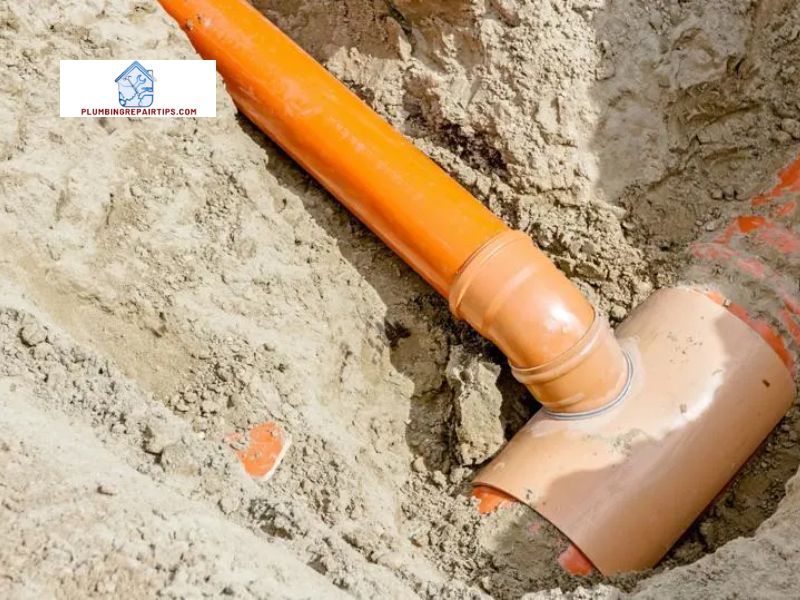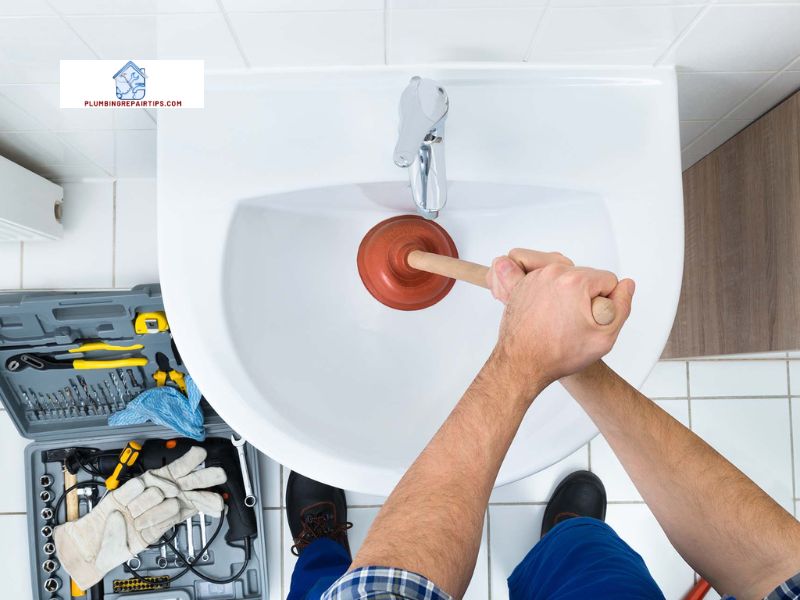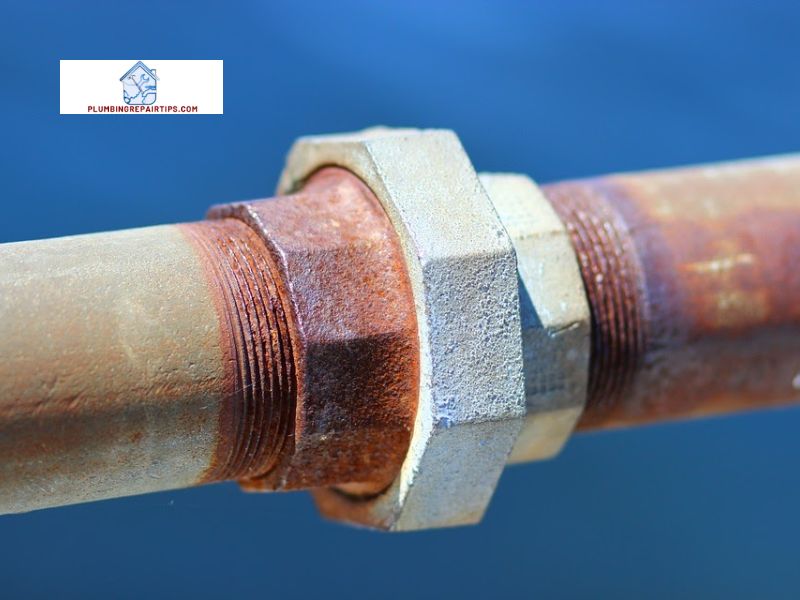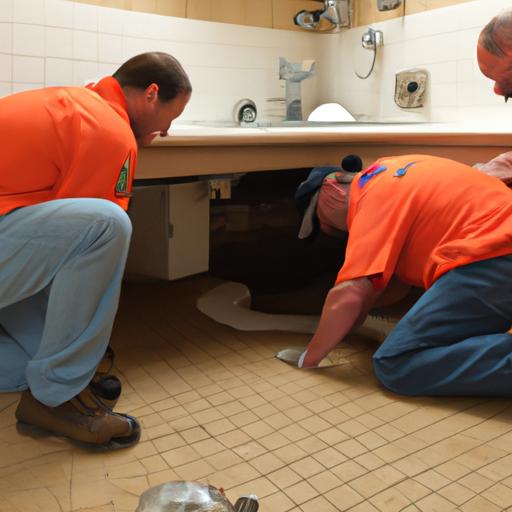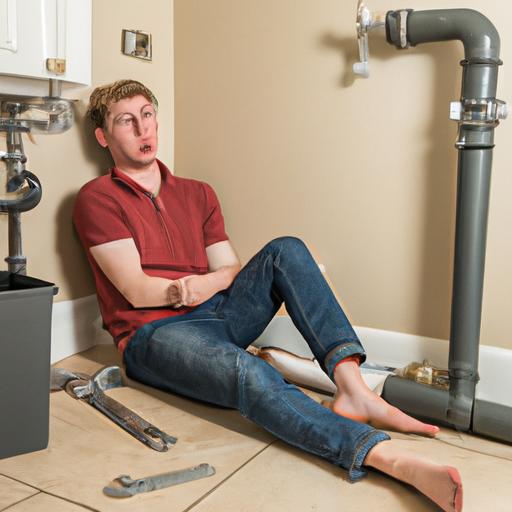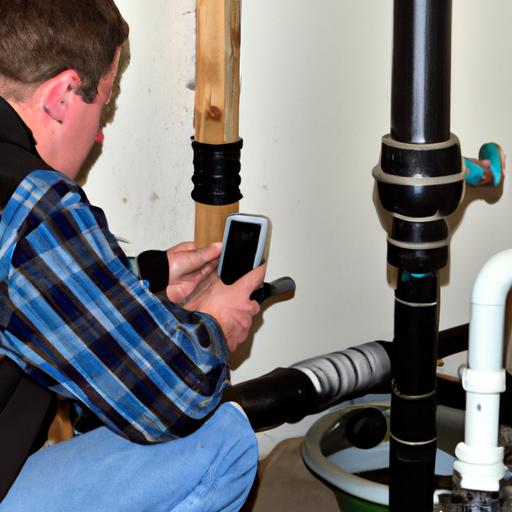Plumbing systems play a crucial role in our everyday lives, ensuring the smooth flow of water and maintaining the functionality of our homes. When it comes to plumbing materials, PVC (Polyvinyl Chloride) and copper pipes are widely used due to their unique properties. However, there are times when converting from pvc to copper becomes necessary to optimize the efficiency and durability of a plumbing system. In this article, plumbingrepairtips.com will delve into the importance of PVC to copper conversion in plumbing systems, while exploring the benefits and challenges associated with this process.
Why Convert from PVC to Copper?
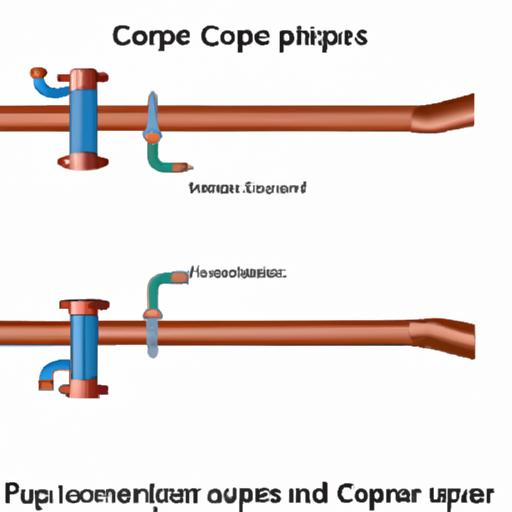
While PVC pipes have been a popular choice for many years, copper pipes offer several advantages that make them a superior option in certain scenarios. Copper pipes are known for their exceptional durability, corrosion resistance, and ability to withstand high water pressure. These characteristics make them ideal for hot water applications, ensuring a reliable and long-lasting plumbing system. Additionally, copper pipes have been proven to be more resistant to leaks and cracks compared to PVC pipes, providing homeowners with peace of mind.
Converting from PVC to copper becomes imperative in situations where the existing plumbing system is unable to meet the demands of specific applications. For instance, if you are planning to install a new hot water system or upgrading your bathroom fixtures, copper pipes can effectively handle the increased water temperature and pressure, ensuring optimal performance. Moreover, copper pipes are compatible with a wide range of fittings and connectors, allowing for seamless integration into existing plumbing systems.
Navigating the Benefits and Challenges
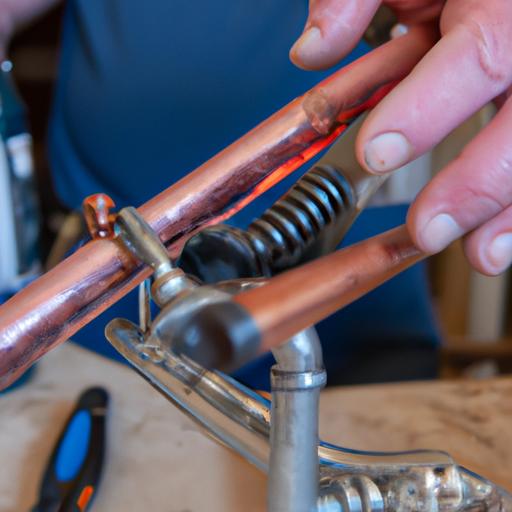
While the benefits of PVC to copper conversion may be enticing, it is essential to consider the associated challenges. One of the primary challenges lies in the conversion process itself, which requires careful planning and execution. Removing PVC pipes and fittings and replacing them with copper counterparts demands precision and expertise to ensure a leak-free and efficient system. However, with the right knowledge and guidance, this conversion can be successfully accomplished, leading to a plumbing system that surpasses expectations.
In the following sections, we will provide you with a step-by-step guide for PVC to copper conversion, addressing each stage of the process with detailed instructions and insights. From preparing for the conversion to troubleshooting common issues, we will equip you with the necessary information to undertake this transformation with confidence.
Stay tuned as we embark on this plumbing journey, unraveling the secrets to a successful PVC to copper conversion. Together, we will uncover the potential of copper pipes to revolutionize your plumbing system and elevate its performance to new heights.
Next section: Section 2 – Understanding PVC and Copper Pipes
Understanding PVC and Copper Pipes
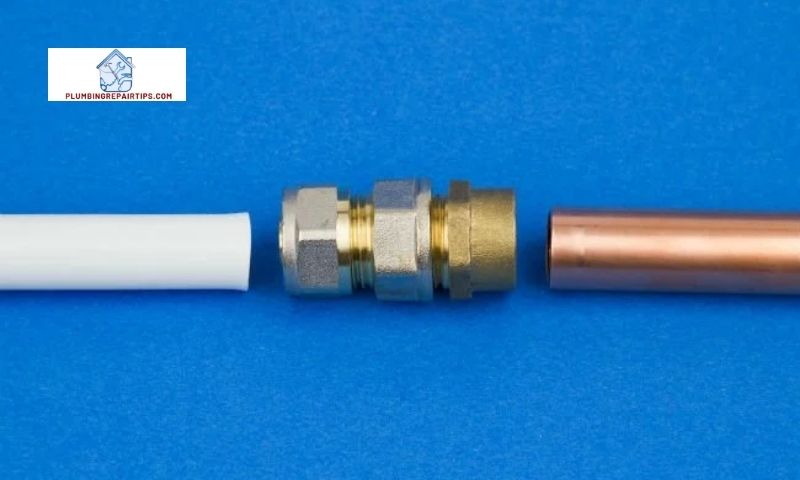
PVC Pipes: Versatile and Reliable
PVC pipes, or Polyvinyl Chloride pipes, have been a staple in plumbing systems for their versatility and durability. Made from a synthetic plastic material, PVC pipes offer several advantages that make them a popular choice among homeowners and plumbers alike.
PVC pipes are known for their lightweight nature, making them easy to handle and install. Their smooth interior surface allows for excellent water flow, minimizing the risk of clogs and blockages. Additionally, PVC pipes are resistant to corrosion, chemicals, and rust, ensuring longevity and reducing maintenance needs.
Copper Pipes: The Gold Standard
Copper pipes, on the other hand, have a rich history in plumbing and remain the gold standard for many professional plumbers. These pipes are constructed from copper, a naturally occurring metal renowned for its exceptional conductivity and corrosion resistance.
One of the key advantages of copper pipes is their ability to withstand high temperatures and pressure, making them ideal for hot water applications. Copper pipes also have a long lifespan, with some installations lasting over 50 years. Their durability and resistance to leaks make them a reliable choice for both residential and commercial plumbing systems.
Copper pipes are not only robust but also environmentally friendly. They are recyclable and do not release harmful substances into the water supply. This eco-conscious feature, coupled with their superior performance, makes copper pipes an attractive option for those seeking a sustainable plumbing solution.
Understanding the characteristics and benefits of both PVC and copper pipes is crucial when considering a conversion from PVC to copper. The next section will delve into the reasons why PVC to copper conversion may be necessary, shedding light on the specific scenarios where copper pipes shine.
Next section: Section 3 – Reasons for PVC to Copper Conversion
Reasons for PVC to Copper Conversion
The Need for Converting from PVC to Copper
As homeowners, we constantly seek ways to improve the functionality and reliability of our plumbing systems. While PVC pipes have been a popular choice due to their affordability and ease of installation, there are instances where a conversion to copper becomes necessary. Understanding the need for this conversion is crucial in ensuring the longevity and efficiency of your plumbing system.
One primary reason for PVC to copper conversion is the demand for increased water pressure and temperature handling. PVC pipes may struggle to withstand the high pressure and elevated temperatures associated with hot water systems or certain appliances. In such cases, copper pipes provide a superior solution, as they have a higher tolerance for these conditions, minimizing the risk of leaks or bursts.
Advantages of Copper Pipes over PVC Pipes
Copper pipes offer a multitude of advantages over PVC pipes in specific scenarios, making them a preferred choice for many homeowners and plumbers alike. Let’s explore some of these advantages:
- Durability and Longevity: Copper pipes have a remarkable lifespan, often lasting up to 50 years or more. Their inherent durability and resistance to corrosion ensure a robust plumbing system that withstands the test of time.
- Superior Performance: Copper pipes are known for their excellent flow characteristics, allowing for efficient water delivery. They have a smooth inner surface that minimizes friction and pressure loss, resulting in optimal water flow throughout your plumbing system.
- Heat Resistance: Copper pipes excel in handling high temperatures, making them ideal for hot water applications. Unlike PVC pipes, which can soften and deform under extreme heat, copper pipes remain structurally sound, ensuring reliable performance.
- Bacterial Resistance: Copper has natural antimicrobial properties that inhibit the growth of bacteria, making it a hygienic choice for plumbing systems. This advantage is particularly important in applications where water quality is a top priority, such as in hospitals or food establishments.
- Environmental Benefits: Copper is a recyclable material, making it an eco-friendly option for plumbing systems. By choosing copper pipes, you contribute to sustainable practices and reduce the environmental impact of your plumbing infrastructure.
By understanding the need for PVC to copper conversion and recognizing the advantages that copper pipes offer, you can make an informed decision to enhance the performance and reliability of your plumbing system. In the next section, we will provide you with a step-by-step guide to successfully execute the PVC to copper conversion process.
Next section: Section 4 – Step-by-Step Guide for PVC to Copper Conversion
Step-by-Step Guide for PVC to Copper Conversion
Converting from PVC to copper pipes requires careful planning and execution to ensure a smooth and successful transition. In this step-by-step guide, we will walk you through the process, from preparing for the conversion to testing the newly converted copper plumbing system.
1. Preparing for the Conversion Process
Before starting the conversion, it is crucial to gather the necessary tools and materials. Here are some essential items you will need:
- Safety gear: Wear gloves, safety goggles, and a mask to protect yourself from any potential hazards.
- Plumbing tools: Gather a pipe cutter, deburring tool, pipe reamer, and a tape measure.
- Materials: Obtain copper pipes, fittings, flux, solder, and emery cloth.
2. Removing PVC Pipes and Fittings
To begin the conversion, carefully remove the PVC pipes and fittings. Start by shutting off the water supply and draining the system. Then, use a pipe cutter to cut the PVC pipes into manageable sections. Remove any remaining fittings by loosening the connectors and applying gentle pressure.
3. Selecting Appropriate Copper Pipes and Fittings
Once the PVC pipes have been removed, it’s time to select the appropriate copper pipes and fittings for your plumbing system. Consider the size and thickness of the pipes, ensuring they match the requirements of your application. Additionally, choose fittings that are compatible with copper pipes, such as solder-type or compression fittings.
4. Joining Copper Pipes Using Soldering Techniques
Soldering is the most common method used to join copper pipes. Begin by cleaning the ends of the copper pipes and fittings using emery cloth to remove any dirt or debris. Apply flux to the cleaned surfaces, which helps in the soldering process. Next, assemble the pipes and fittings, ensuring a secure and tight fit. Use a propane torch to heat the joints, and then apply solder to the heated area, allowing it to flow and create a strong bond. Finally, let the soldered joints cool and solidify.
5. Testing the Newly Converted Copper Plumbing System
After completing the conversion process, it is essential to test the newly converted copper plumbing system. Turn on the water supply and check for any leaks or irregularities. Inspect the soldered joints and ensure they are secure and watertight. Additionally, check the water pressure and assess the overall performance of the system. If any issues arise, address them promptly to ensure the system is functioning optimally.
By following this step-by-step guide, you can successfully convert from PVC to copper pipes, enhancing the efficiency and durability of your plumbing system. With the right tools, materials, and techniques, you can achieve a seamless transition and enjoy the benefits of a reliable copper plumbing system.
Next section: Section 5 – Common Issues and Troubleshooting
Conclusion
In conclusion, the conversion from PVC to copper pipes in plumbing systems offers numerous benefits and opportunities for enhanced performance. By understanding the importance of this conversion and the advantages of copper pipes, homeowners can make informed decisions to optimize their plumbing systems.
Throughout this article, we have explored the significance of PVC to copper conversion, highlighting the durability, corrosion resistance, and compatibility of copper pipes. We have also discussed the challenges that may arise during the conversion process, emphasizing the need for careful planning and execution.
To successfully navigate the PVC to copper conversion, it is crucial to follow a step-by-step guide that includes preparing for the conversion, removing PVC pipes and fittings, selecting appropriate copper pipes and fittings, joining copper pipes using soldering techniques, and testing the newly converted plumbing system. By adhering to these guidelines, you can ensure a seamless transition and a reliable, leak-free plumbing system.
Remember, if you encounter any issues during the PVC to copper conversion process, there are solutions available. Common challenges such as leaks, improper fittings, or inadequate soldering can be addressed with proper troubleshooting techniques. Seek professional assistance if needed to achieve the best results and avoid any potential damage to your plumbing system.
By opting for PVC to copper conversion, you are investing in a plumbing system that offers unparalleled performance, longevity, and peace of mind. So why wait? Embrace the benefits of copper pipes and elevate your plumbing system to new heights.
Thank you for joining us on this plumbing journey. For more expert tips and advice on plumbing repairs and maintenance, visit plumbingrepairtips.com. Together, let’s create a plumbing system that exceeds expectations and withstands the test of time.
End of the article.
